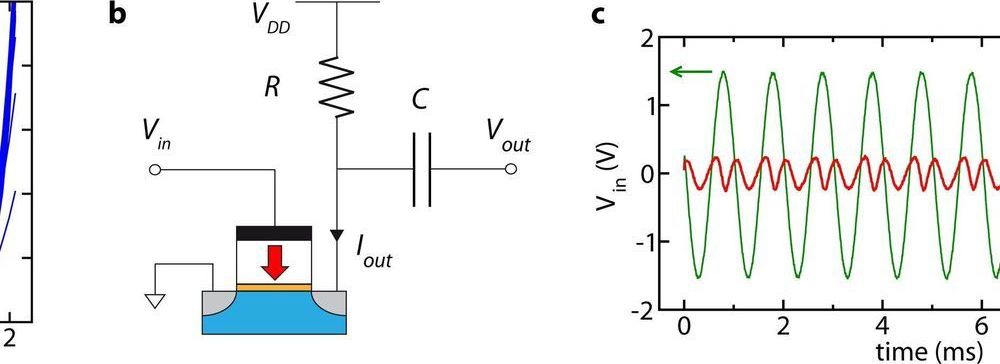Like most galaxies, the Milky Way hosts a supermassive black hole at its center. Called Sagittarius A*, the object has captured astronomers’ curiosity for decades. And now there is an effort to image it directly.
Catching a good photo of the celestial beast will require a better understanding of what’s going on around it, which has proved challenging due to the vastly different scales involved. “That’s the biggest thing we had to overcome,” said Sean Ressler, a postdoctoral researcher at UC Santa Barbara’s Kavli Institute for Theoretical Physics (KITP), who just published a paper in the Astrophysical Journal Letters, investigating the magnetic properties of the accretion disk surrounding Sagittarius A*.
In the study, Ressler, fellow KITP postdoc Chris White and their colleagues, Eliot Quataert of UC Berkeley and James Stone at the Institute for Advanced Study, sought to determine whether the black hole’s magnetic field, which is generated by in-falling matter, can build up to the point where it briefly chokes off this flow, a condition scientists call magnetically arrested. Answering this would require simulating the system all the way out to the closest orbiting stars.








